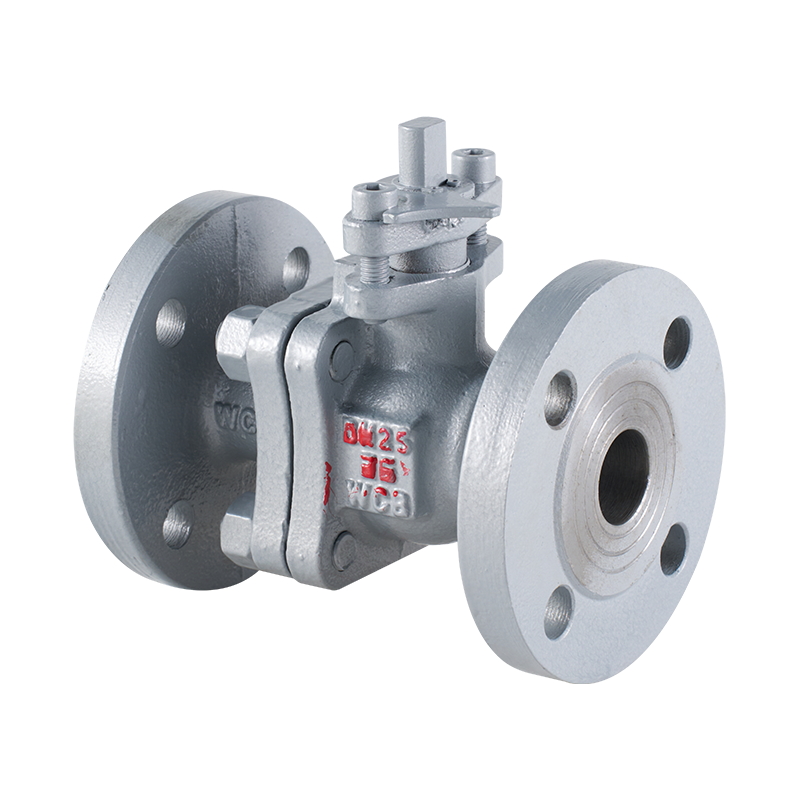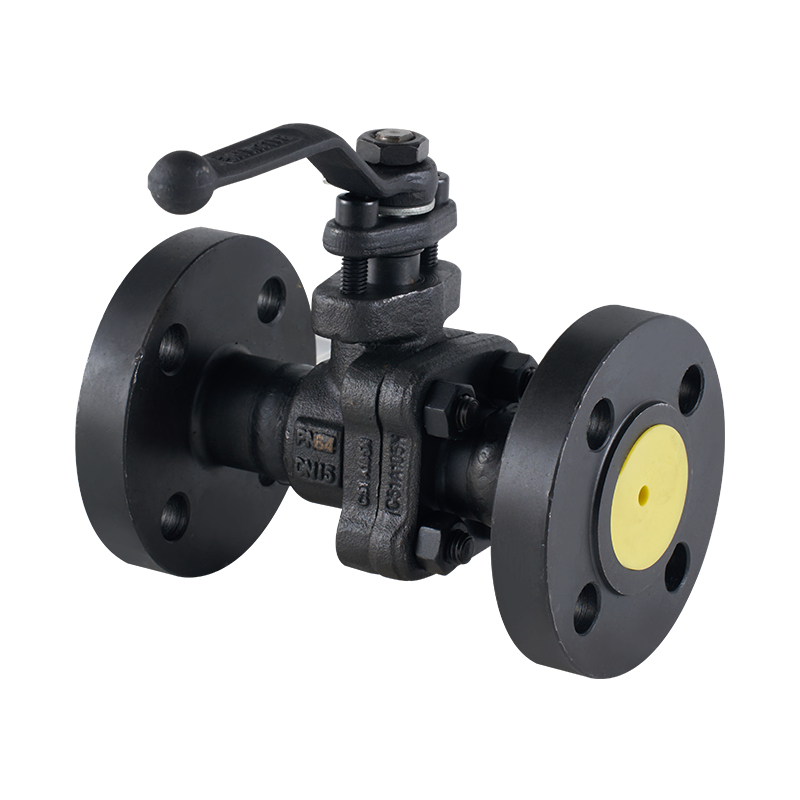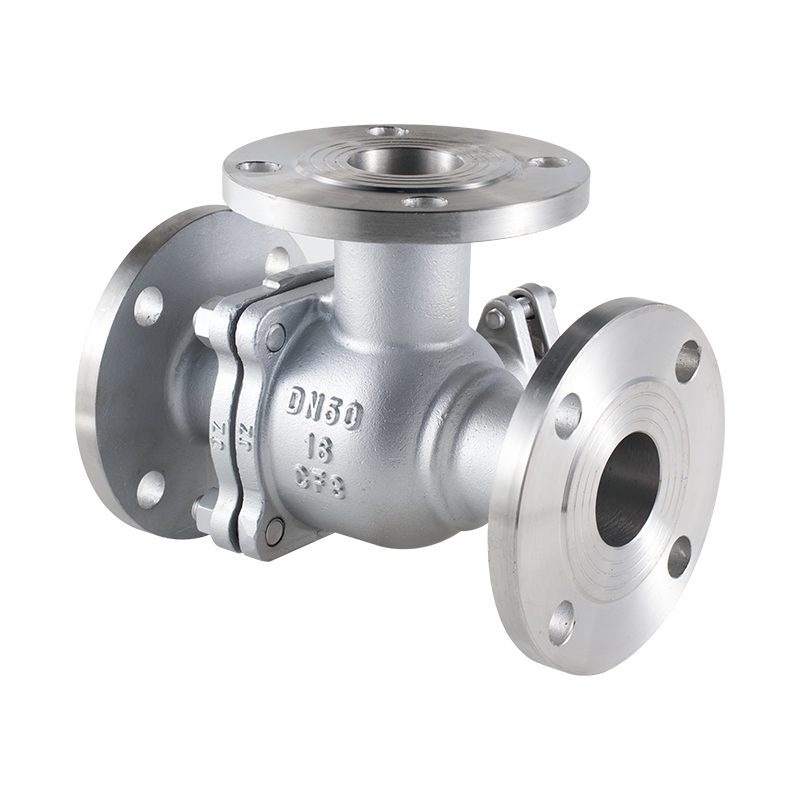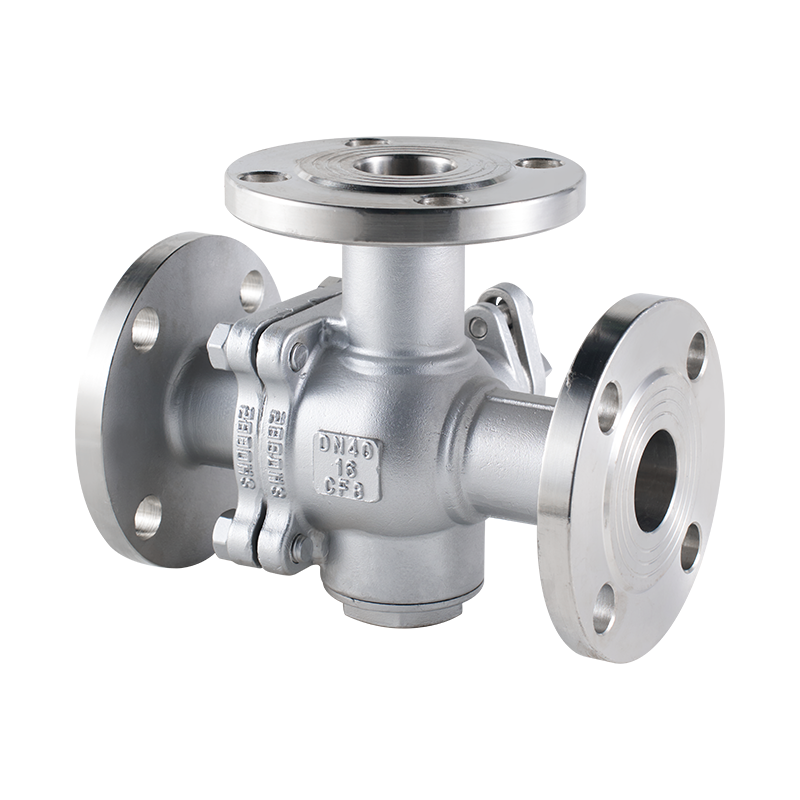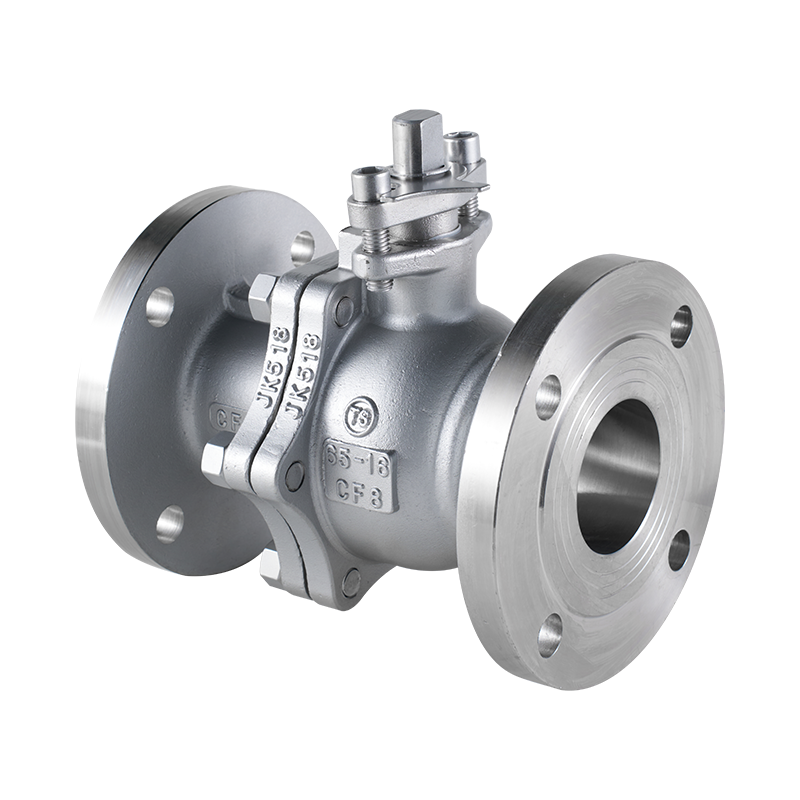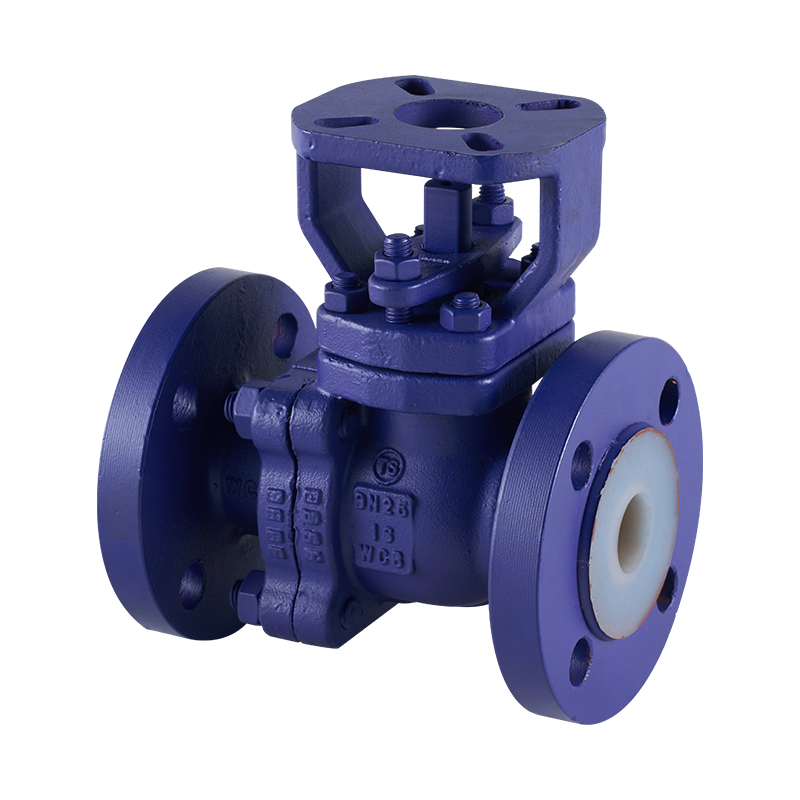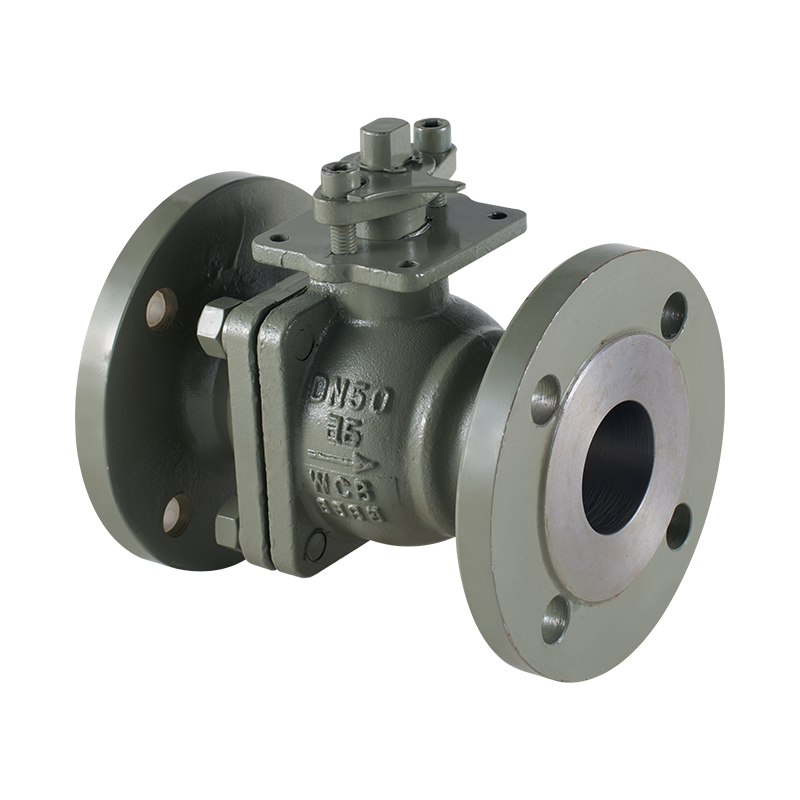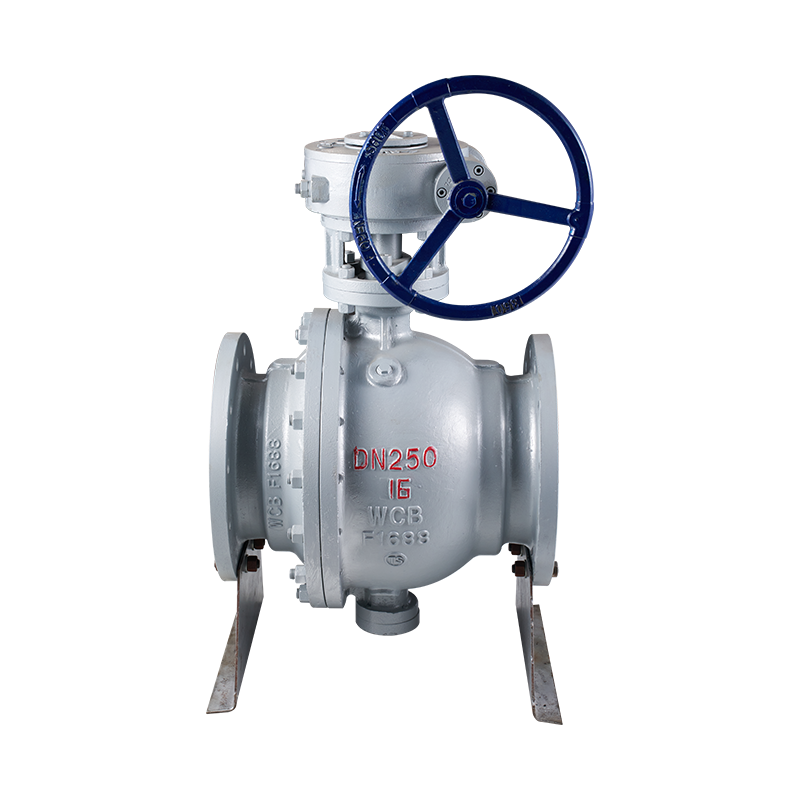Material Composition and Properties
The obvious difference between stainless steel ball valves and cast steel flanged ball valves lies in their material composition.
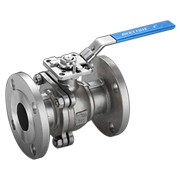
Stainless steel ball valves are typically manufactured from grades such as 304, 316, or duplex stainless steel. These materials provide corrosion resistance, particularly in environments exposed to moisture, chemicals, and aggressive fluids. Stainless steel is also non-reactive, making it ideal for applications in the food and beverage industry, pharmaceuticals, and water treatment where purity is critical. Additionally, stainless steel maintains its mechanical properties across a wide temperature range, contributing to the valve's durability and longevity.
Cast steel flanged ball valves, on the other hand, are made from carbon steel or low alloy steel that has been cast into the desired shape. Common materials include ASTM A216 WCB or ASTM A105 forgings. Cast steel is known for its mechanical strength and resistance to wear, but it offers lower corrosion resistance compared to stainless steel. For this reason, cast steel ball valves are often used in environments where corrosion is not a primary concern or where protective coatings, such as painting or lining, can be applied.
Construction and Connection Types
Another key difference is in the connection type. Stainless steel ball valves are commonly available with various end connections, such as threaded, socket weld, butt weld, and flanged. This flexibility allows them to be used in a broad range of installations, from small-scale systems to high-pressure industrial pipelines.
Cast steel ball valves are typically manufactured with flanged ends. The flange connection provides a strong, stable interface for attaching the valve to the pipeline, making it well-suited for larger-diameter piping systems and applications that require frequent maintenance or replacement. The flanged design also simplifies alignment during installation and offers better structural integrity in systems subject to vibration or thermal expansion.
Performance Characteristics
The performance characteristics of each valve type further distinguish their use cases.
Stainless steel ball valves excel in handling corrosive fluids and challenging environments, thanks to their inherent resistance to rust and chemical attack. This makes them an choice for chemical processing plants, marine applications, and systems conveying aggressive media. They are also highly suited for sanitary applications, as the smooth, non-porous surfaces of stainless steel help prevent contamination and facilitate cleaning.
Cast steel flanged ball valves are generally preferred for high-pressure and high-temperature applications, such as those found in power plants, oil and gas production, and industrial steam systems. The robust mechanical strength of cast steel provides reliable performance under demanding operating conditions. However, to ensure longevity in corrosive environments, these valves often require external coatings or internal linings.
Cost Considerations
Cost is another practical factor when choosing between stainless steel and cast steel flanged ball valves.
Stainless steel ball valves are typically more expensive due to the higher material cost of stainless steel and the additional machining required to achieve the desired finish. The premium cost is justified in applications where corrosion resistance, hygiene, or longevity are critical.
Cast steel flanged ball valves are generally more affordable, especially in larger sizes. Their lower material cost and suitability for many general-purpose industrial applications make them a cost-effective option for systems where corrosion is not the primary concern.

 English
English 中文简体
中文简体


